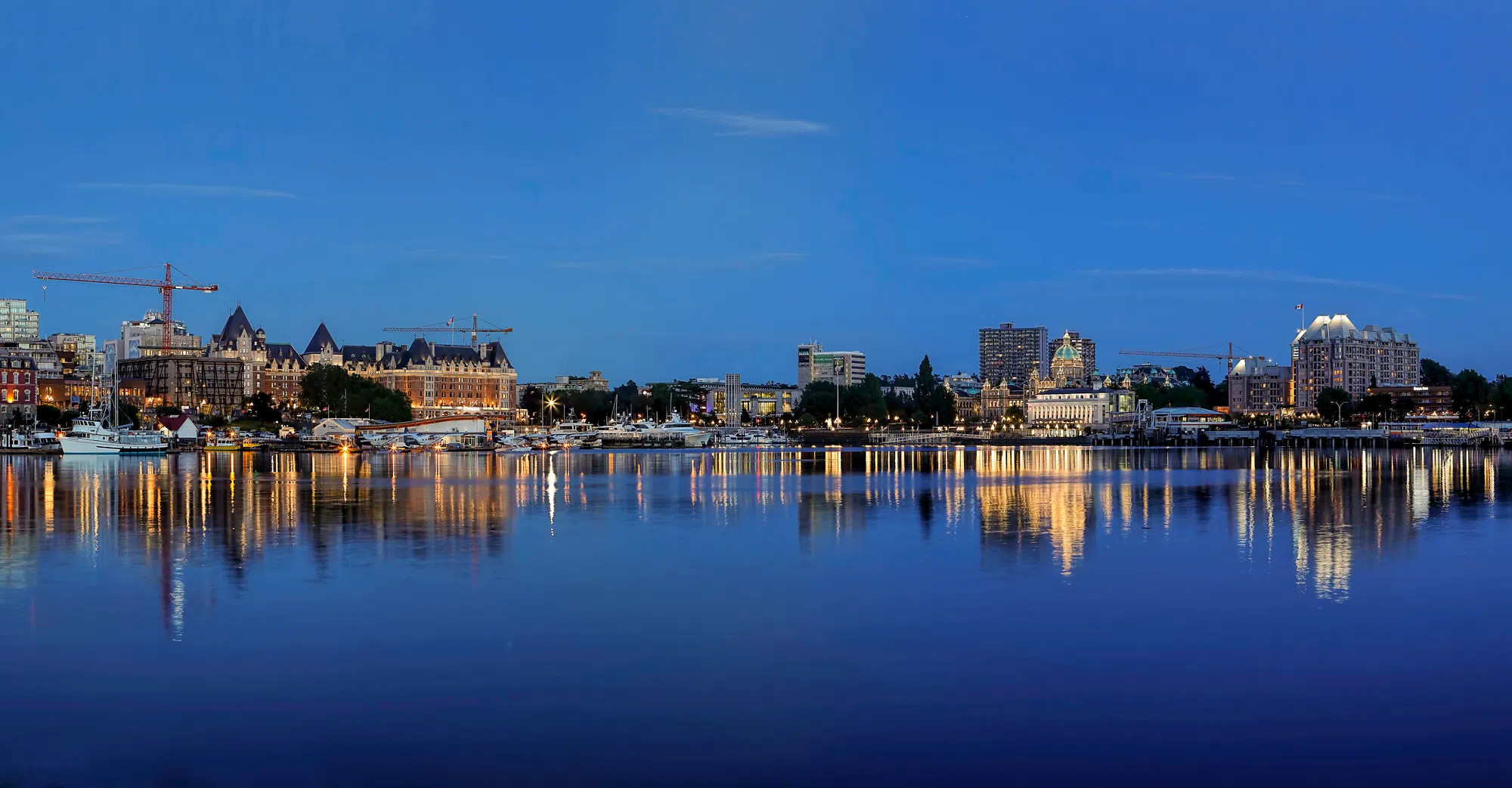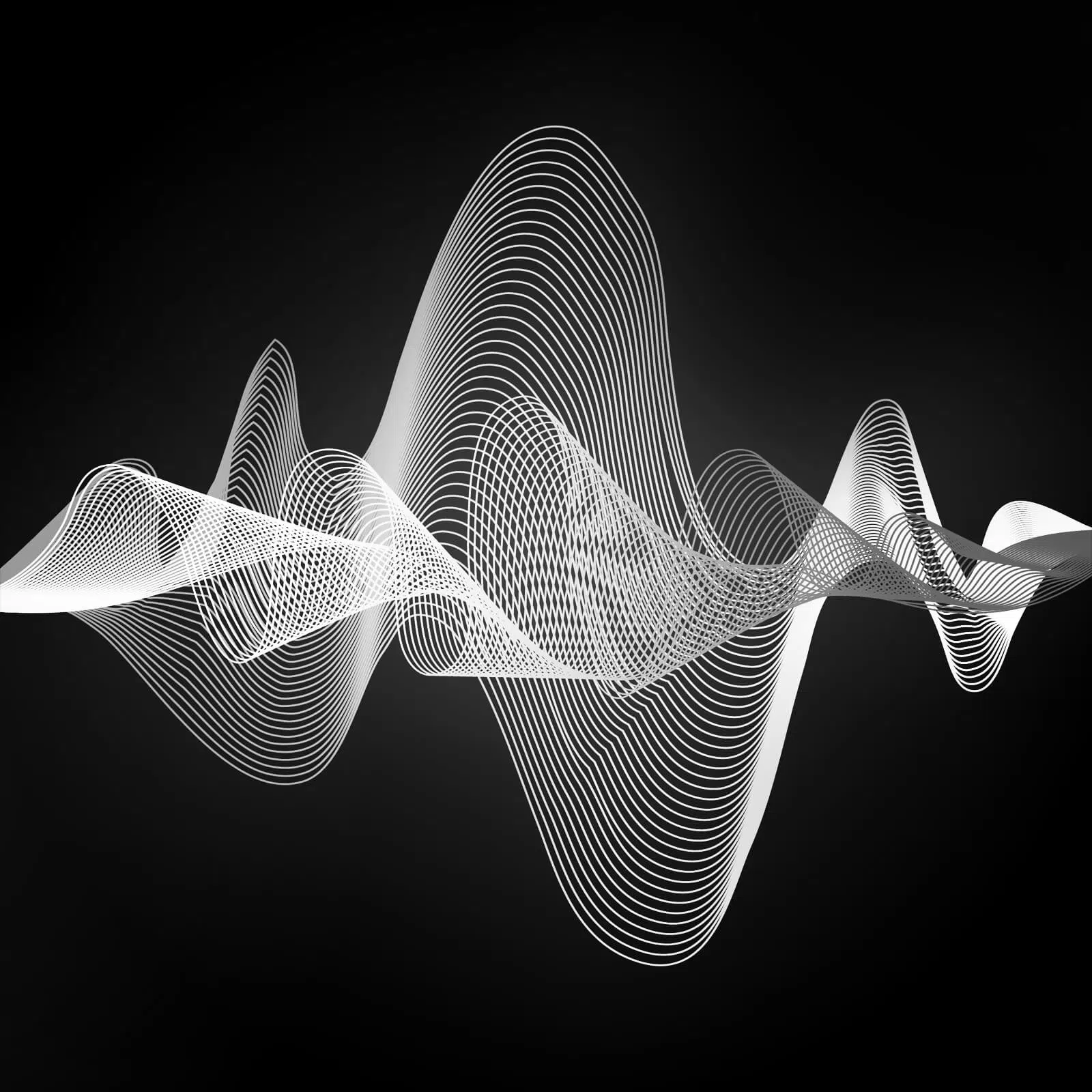Instead of the usual obnoxious alarm clock that sounds in the early morning, these students were awakened by a rude rumble around 5:02 am.
“Felt as if someone was shaking me to wake me up,” said Jordan Conroy, one student from the University of Victoria.
So far, no reports of damage have surfaced, and the U.S. National Tsunami Center reports that no tsunami is expected.
“I could hear all the things in my girlfriend’s room shaking; it woke me up,” shared another student, Annika Clarke from the University of Victoria.
Earthquakes happen when tectonic plates move and slip past each other, releasing energy in waves that shake the ground.
This earthquake is one of a few in the past few weeks; however, it is the biggest so far. Most of the previous ones weren’t felt by most residents.
Steve Drake, a former Londoner who has since moved to Victoria B.C., shared this one he didn’t notice; however, he did notice one of the other dozens in the last 30 days.
“One of them, a few weeks ago, I did feel, but they’ve never been strong enough where they’ve caused any concern as far as damage or tsunamis in our region,” said Drake.
The quake was felt through parts of the states in Tacoma, Washington, and all through Metro Vancouver and the Fraser Valley.
B.C. is the most seismically active area in Canada, and they experience thousands of minor earthquakes per year.
The Great British Columbia Shakeout recommends that for maximized safety during a quake, you should “drop, cover and hold on”.
Drop to the ground before the earthquake knocks you over, take cover by getting under a table or desk, and hold on until the shaking stops.
If you are outdoors, look for a clearing, away from buildings, trees or power lines, and drop, cover and hold on.
If you are in a vehicle, pull into a clearing and leave your seatbelt fastened until the shaking stops. When driving away, proceed with caution and avoid driving over bridges or any structures that could have been impacted by the quake.





